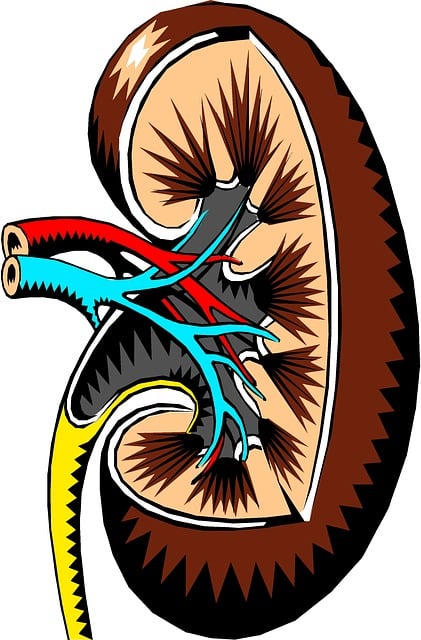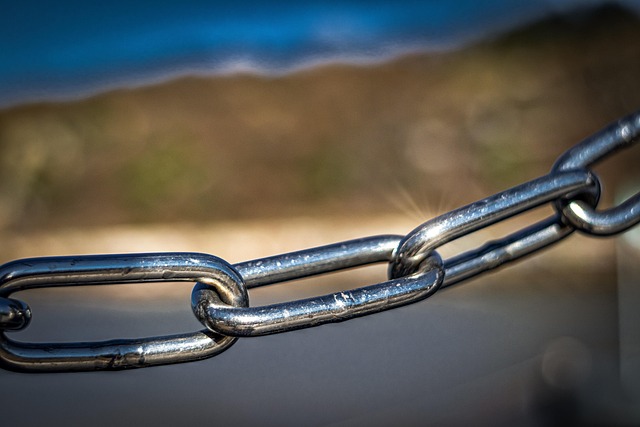Optimizing internal link structure is vital for technical SEO scalability. It involves strategic linking, diverse anchor text, and contextual placement to enhance user experience and search engine visibility. Data-driven decisions, content clustering, and logical hierarchy improve crawlability, engagement, and site architecture, ultimately boosting SEO performance through better page authority and reduced bounce rates. Learn a step-by-step guide on how to effectively use internal link structure for SEO success.
“Enhance your technical SEO strategy with our comprehensive guide on scalable internal linking. In today’s digital landscape, an efficient internal link structure is key to boosting search rankings and user experience. Learn how to unlock scalability through optimized strategies, design robust systems, and make data-driven decisions. Discover best practices for creating a high-performing internal link structure that drives traffic and improves your website’s overall performance. Dive into these essential techniques to master the art of using internal link structures effectively.”
- Unlocking Scalability: Efficient Internal Link Strategies
- Optimizing for Search: Technical SEO's Guide
- Structural Design: Building a Robust Internal Linking System
- Content Interconnections: Enhancing User Experience
- Data-Driven Decisions: Analyzing Link Performance
- Best Practices: Creating a High-Performing Internal Link Structure
Unlocking Scalability: Efficient Internal Link Strategies

Unlocking scalability in technical SEO requires a strategic approach to internal linking, where efficient strategies can significantly impact your website’s performance. The key lies in understanding how to use an internal link structure as a powerful tool to enhance user experience and search engine visibility. By implementing structured internal linking, you create a seamless network of pages that not only guides users but also signals to search engines the importance and relevance of specific content.
This involves optimizing your site’s architecture by employing various techniques such as anchor text diversity, contextual linking, and strategic placement of internal links. These practices ensure that each page has relevant inbound links from authoritative sources within your website, leading to improved crawlability and a better understanding of your site’s context for search engines. Effective internal link structure tips include analyzing competitor strategies, identifying high-quality content, and ensuring a logical flow of links across pages, ultimately contributing to the overall success of your SEO efforts.
Optimizing for Search: Technical SEO's Guide

In today’s digital landscape, a robust internal link structure is pivotal for any website aiming to excel in search engine optimization (SEO). Technical SEO specialists play a crucial role in orchestrating this symphony of links, ensuring search engines can efficiently crawl and index content. A well-crafted internal link strategy not only enhances user experience but also signals to search algorithms the hierarchy and importance of pages on your site.
To master this art, consider a structured approach that leverages relevant anchor text, contextual placement, and strategic depth. An internal link structure tutorial might guide you through creating a hierarchical framework, where key pages are interconnected, forming a tapestry of related content. This strategy ensures that each page has its supportive network, contributing to better SEO performance. Remember, the goal is to create a labyrinthine yet accessible path for both users and search engine crawlers alike, ultimately revolutionizing your site’s online visibility.
Structural Design: Building a Robust Internal Linking System

A well-designed internal linking structure is a cornerstone for any technical SEO specialist seeking scalability in their website’s performance. It involves strategically organizing and structuring your site’s links to enhance user experience and search engine visibility. The key lies in creating a hierarchy of pages, ensuring each has relevant inward and outward links that guide users and crawlers alike.
When implementing an internal link structure tutorial or tips, focus on clear navigation. Group related content together, allowing for easy access to a variety of topics within your site. Use anchor text wisely, providing context for both the user clicking and search engines interpreting these links. An optimized internal link structure not only improves crawlability but also keeps visitors engaged by offering them a logical, intuitive journey through your online resources.
Content Interconnections: Enhancing User Experience

Internal linking is a powerful tool for any technical SEO specialist aiming to improve their site’s performance and user experience. By strategically interconnecting content, websites can create a seamless navigation journey, encouraging users to explore more pages and ultimately boosting engagement metrics. When implemented effectively, this technique allows for a structured flow of information, making it easier for search engines to crawl and index the site.
To utilise internal link structure SEO, content creators should focus on relevant and contextual links within their articles. For instance, linking related blog posts or guiding users to essential resources can enrich the overall user experience. Following internal link structure tips such as using anchor text wisely and ensuring a logical hierarchy can optimise the website’s architecture. This strategic approach not only enhances navigation but also contributes to better SEO results by improving page authority and reducing bounce rates.
Data-Driven Decisions: Analyzing Link Performance

Making data-driven decisions is paramount for any SEO specialist aiming to optimize their site’s internal linking. By leveraging analytics tools, specialists can gain valuable insights into link performance, understanding which pages are driving traffic and where users are dropping off. This data reveals not only popular content but also potential weak points in the site’s architecture. For instance, a detailed analysis might highlight that a particular blog post consistently refers a high volume of traffic to a product page, indicating a strong correlation and an opportunity to enhance inter-page connections.
Using these insights, specialists can craft an informed internal link structure tutorial, strategically placing links where they will have the most impact. This involves identifying key pages and optimizing their placement within the site’s hierarchy, ensuring a logical flow of information that benefits both users and search engines. An effective internal link strategy, guided by data, can significantly improve user experience and search engine visibility, making it a crucial component in any SEO specialist’s toolkit.
Best Practices: Creating a High-Performing Internal Link Structure

Creating a high-performing internal link structure is an art and science for technical SEO specialists aiming for scalability. The key lies in implementing best practices that enhance both user experience and search engine accessibility. Start by conducting a thorough audit of your website’s existing links, identifying broken or low-quality ones that need replacement or removal. This ensures your internal link structure is robust and reliable from the outset.
Organize your content strategically using a hierarchical approach, grouping related pages together within logical clusters. Utilize anchor text thoughtfully, ensuring it accurately reflects the target page’s content to provide context for both users and search engines. A well-crafted internal link structure tutorial, when implemented as a strategic internal link structure strategy, can significantly improve site navigation, reduce bounce rates, and boost overall website performance, ultimately contributing to better search engine rankings.
